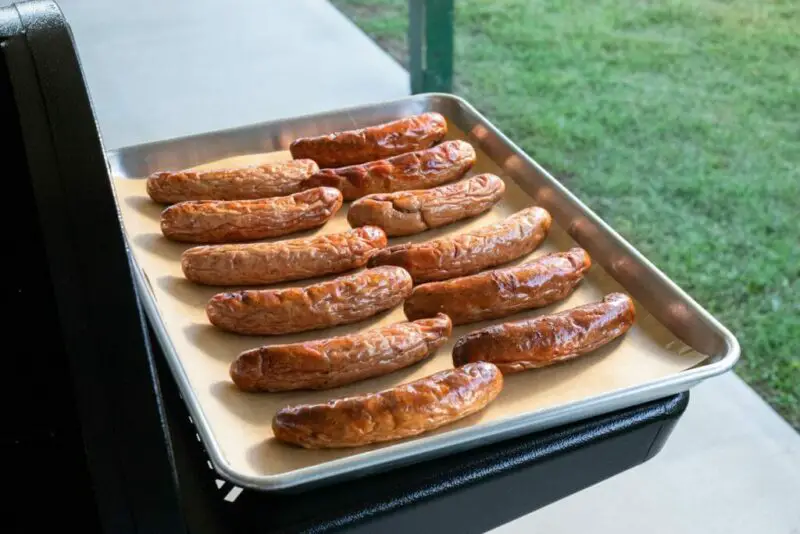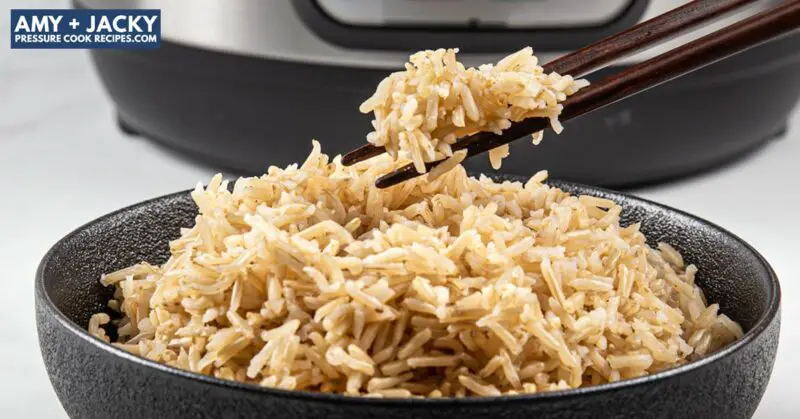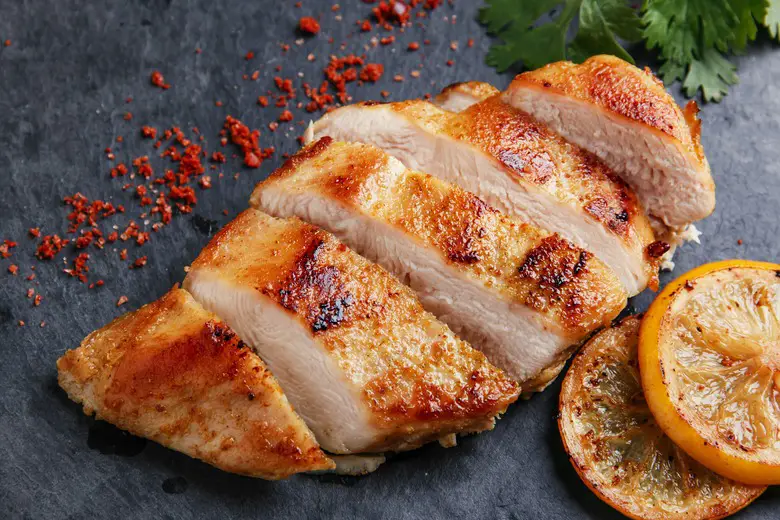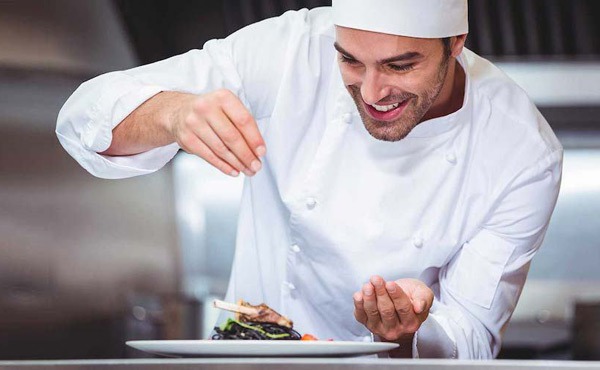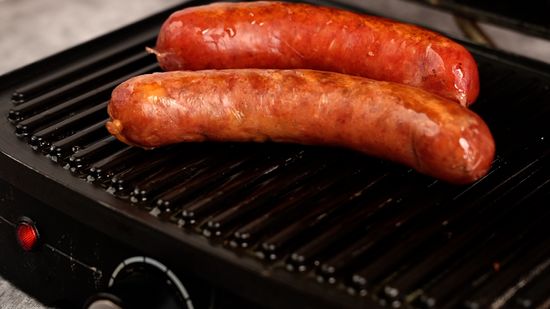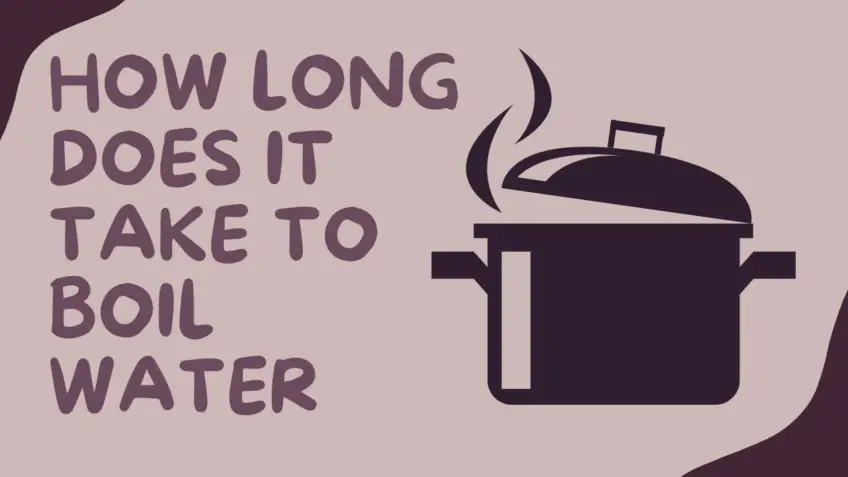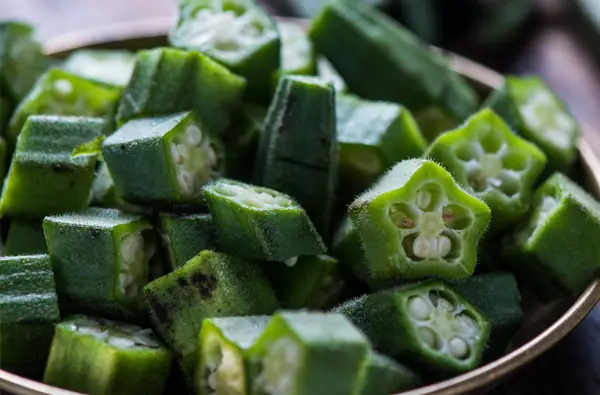At What Temperature Do You Cook the Brats on the Pit Boss?
Are you planning a barbeque and wondering how to achieve perfectly cooked brats on your Pit Boss? Bratwursts are a fan favorite for many, and for good reason! They’re juicy, flavorful, and easy to cook. If you want to be known for having the best brats on your block, it’s crucial to know how to cook them properly.
In this article, we will discuss the best ways to prepare and grill bratwursts on a Pit Boss smoker. We’ll cover everything from choosing the right brats to grilling timeframes and optimal cooking temperatures. By the end of this guide, you’ll be confidently grilling up delicious brats that everyone will love.
The Perfect Brat
Before we dive into grilling on a Pit Boss smoker, let’s talk about what makes the perfect brat. A well-cooked brat should be crispy on the outside and juicy on the inside. There are different ways to cook brats, including boiling, baking in an oven or over an open flame—the best method for achieving peak flavor is grilling.
Grilling adds depth to its flavor and texture profile when compared to other cooking methods. Charcoal and wood pellet grills like the Pit Boss play an essential role because they impart a smoky flavor that works so well with sausage.
Choosing Your Brats
Your quest for perfect grilled brats must start with selecting quality sausages. Buying pre-packaged brats is always easy, but it’s not as flavorful as homemade sausage or handcrafted artisanal ones from local breweries or butcher shops.
The composition of ingredients in your brat determines how it cooks. When looking at labels, avoid fillers like soy protein that can affect cooking outcomes. Choose sausages with a higher fat content to ensure moistness through cooking, as lean brats can result in dryness.
How to Prepare Your Brats for Grilling
Once you’ve chosen the right brats, it’s time to prepare them for grilling. Start by soaking your sausages in warm liquid before cooking. Doing this helps rehydrate the brat casing, which expands when heat is applied, preventing it from splitting open while grilling.
One pro tip is if you have time, allow the brats to marinate overnight in your favorite beer or other flavorful liquid before grilling. This soaking will infuse the sausage with subtle flavors that add character and depth after grilling.
To cook on the Pit Boss, preheat your grill at least 10 minutes before starting the cooking process; cover the grates with oil using a brush. Doing so will prevent sausages from sticking to the grill and make cleanup easier once finished.
How to Grill Brats on a Pit Boss
Now that your brats are prepped for success let’s talk about setting up your grill for grilling. The best position to place sausages on the Pit Boss tells logics that it’s what works for you; when grouping large numbers of links together, place them perpendicular or diagonal to the cross-hatch pattern of your grates.
Factors like sausage size, temperature settings, and outside temperature affect how long you should cook your brats. Factors like sausage size, temperature settings and outside temperature should influence how you set up and manage your pit Boss. Brats usually take around 20 minutes of cooking time but can vary depending on conditions and personal preference.
Flip sausages over regularly while cooking every five minutes or so to promote even heating throughout; I can personally attest that I’ve had quarter-turn marks on my grilled sausages throughout my grilling career due to an overzealous flipping routine.
What Temperature Do You Cook Brats on a Pit Boss?
Temperature control plays a significant role in achieving perfect brats; that said, when it comes to grilling bratwursts on the Pit Boss, operate the grill between 350° to 400°F. The Pit Boss temperature gauge makes it easy to set the exact temperature you need.
Different types of sausages call for varying cooking temperatures, as their sizes and composition vary. Here are some of the most popular types of bratwursts with their respective optimal cooking temperatures:
- Fresh or uncooked brats: Grill at 350-400°F
- Pre-Cooked Brats: Grill at around 325°F
- Cheese-filled brats: Grill at slightly lower temperatures to prevent melting and leaking
- Larger sausages like Thüringer – made with boar meat: Cook longer in lower heats of around 300°F
Cooking Timeframes for Bratwursts
Cooking times vary according to sausage size and cooking temperature. Undercooking or overcooking can ruin even the best of brats. Using these timeframes will help achieve the desired texture and ensure maximum juice retention:
- Fresh or uncooked brats: Takes about 20 minutes total cooking time
- Pre-cooked brats: Take about 10 minutes total cooking time
- Cheese-filled varieties: About 10-15 minutes total cooking time
- Larger “brat-shaped roast”: Cooking time can reach about 30-40 minutes
Checking Doneness When Cooking Bratwursts
It is crucial to understand when your cooked brats are ready. There are various ways to check doneness, so choose the one that best suits your cooking style.
A meat thermometer is the easiest way to measure internal temperature accurately. Reading above 165°F means it’s fully cooked and safe for consumption.
The color of the sausage also tells its own reheating story. Here’s what you should look for when observing the color changes:
- Starting to cook phase: Brats will look pale and pinkish, with a raw texture.
- Mid-heat phase: As they cook, sausages link turns white and gradually takes on a more yellow/brownish undertone, with a firming texture.
- Golden finish phase: At the stage, you will start seeing a beautiful reddish-brown hue indicating grill marks, browning edges and now feels firm to touch.
- Burnt/fixed stage: Avoid leaving sausages on the grill for too long or overindulging in flare-ups that might char them entirely or burst open, resulting in them drying out rather than being juicy.
Serving and Storing Bratwursts
When serving your perfect brats, use fresh buns (slightly toasted) and pair with favorite toppings and suitable side dishes. Serve alongside beer or as desired to have the perfect barbeque experience.
If you end up grilling too many brats at once, you can store extras for later consumption. Let them reach room temperature then place them in freezer bags. Frozen brats typically last 6 months in freezers if stored correctly.
Conclusion
Grilling brats on a Pit Boss grill should no longer be intimidating after reading this article. Remember that selecting quality ingredients and paying close attention to cooking times and temperatures is key to achieving the perfect bratwurst.
Use the tips given in this article to choose the right sausages, soak them correctly, and cook them at the ideal temperature for maximum juiciness. Whether cooking or storing leftover brats, remember that proper handling and food safety techniques are essential. Now go ahead and enjoy your freshly grilled and juicy bratwursts on a Pit Boss grill.
FAQs: At What Temperature Do You Cook the Brats on the Pit Boss?
1. What is the ideal temperature for cooking brats on the Pit Boss?
The ideal temperature for cooking brats on the Pit Boss is 350°F to 400°F.
2. How long do I need to cook brats on the Pit Boss?
You need to cook brats on the Pit Boss for 15-20 minutes, depending on their thickness.
3. Should I preheat my Pit Boss before cooking brats?
Yes, you should preheat your Pit Boss for 10-15 minutes before cooking brats to ensure that it reaches the optimal temperature.
4. Should I flip my brats midway through cooking?
It’s best to flip your brats once halfway through cooking to ensure that they cook evenly on both sides.
5. Can I use a meat thermometer to check if my brats are cooked?
Yes, you can use a meat thermometer to check if your brats are cooked. The internal temperature should reach 160°F before they’re ready to eat.
Note: Remember that grilling times may vary based on factors such as grill size, outside temperature, and wind speed. Keep an eye on your brats and use them as your guide to determine when they’re ready to eat.
